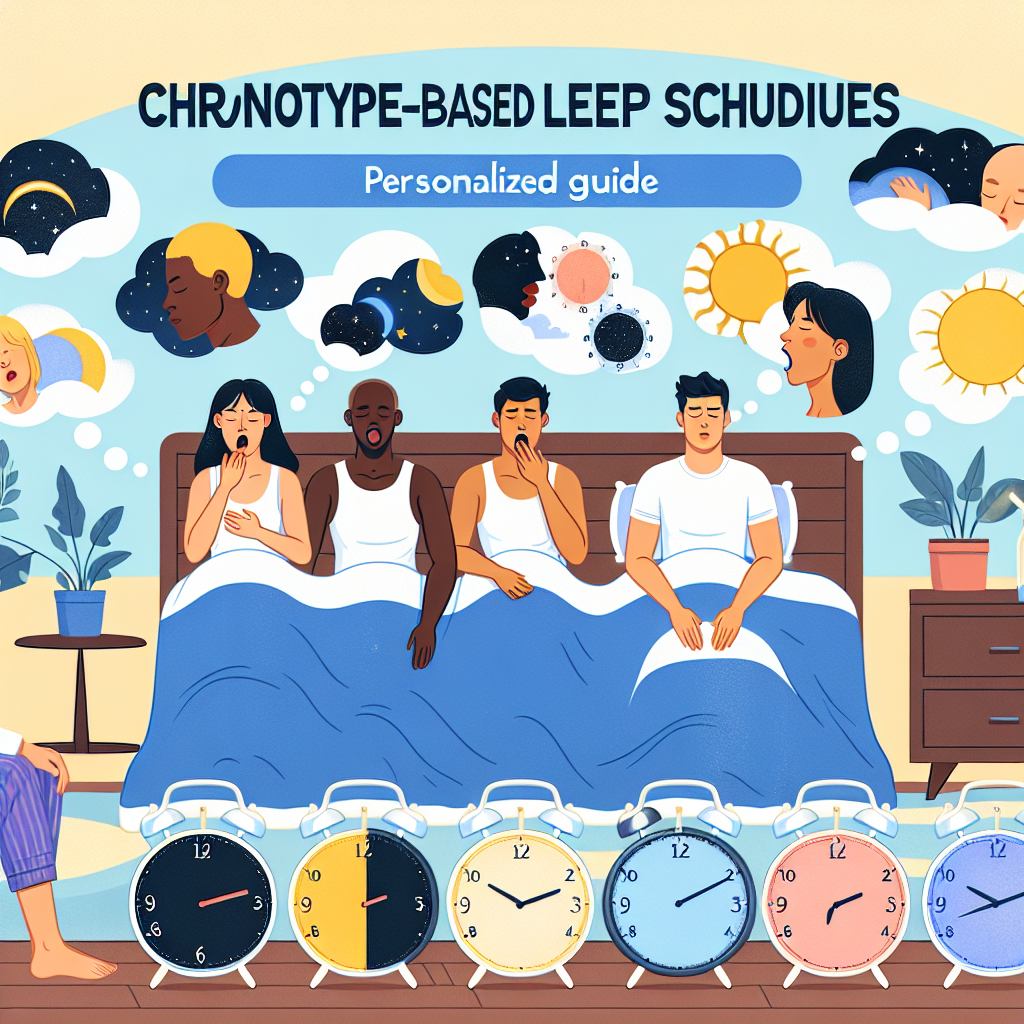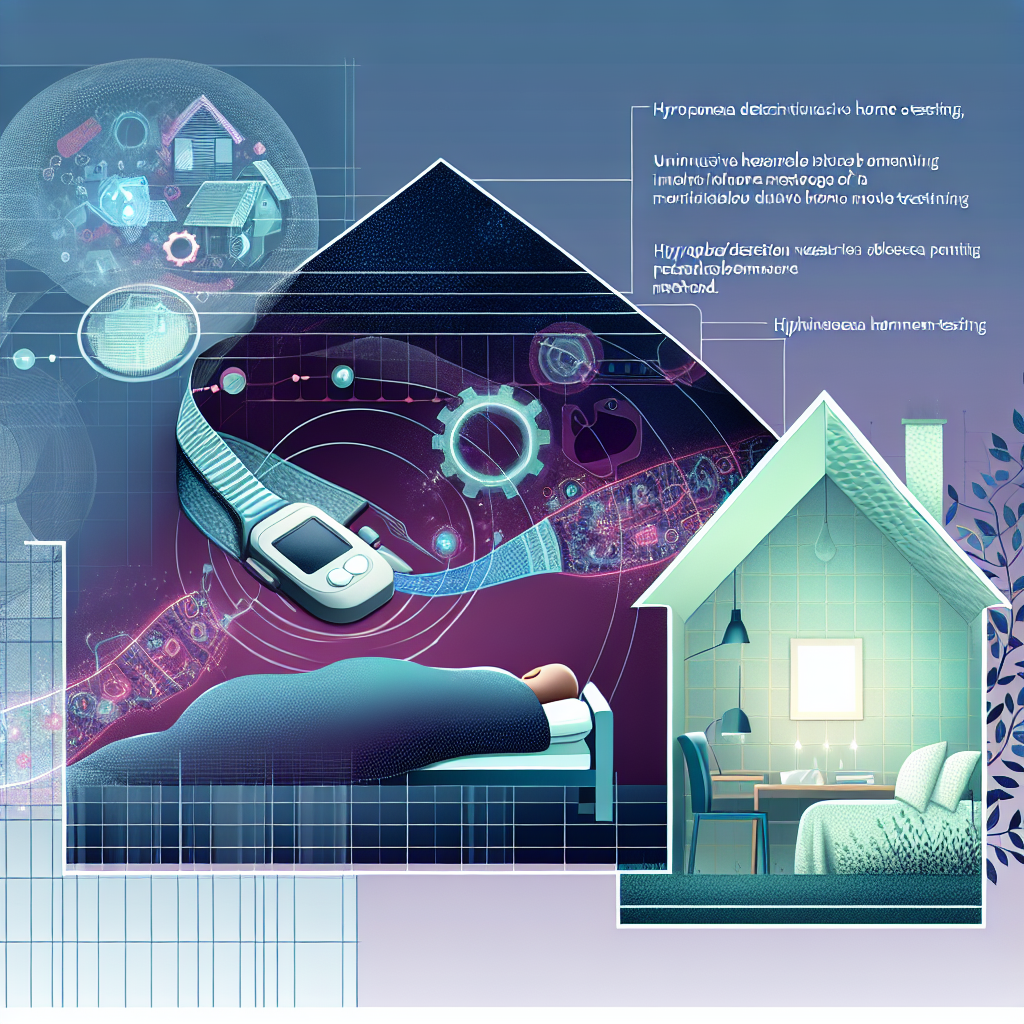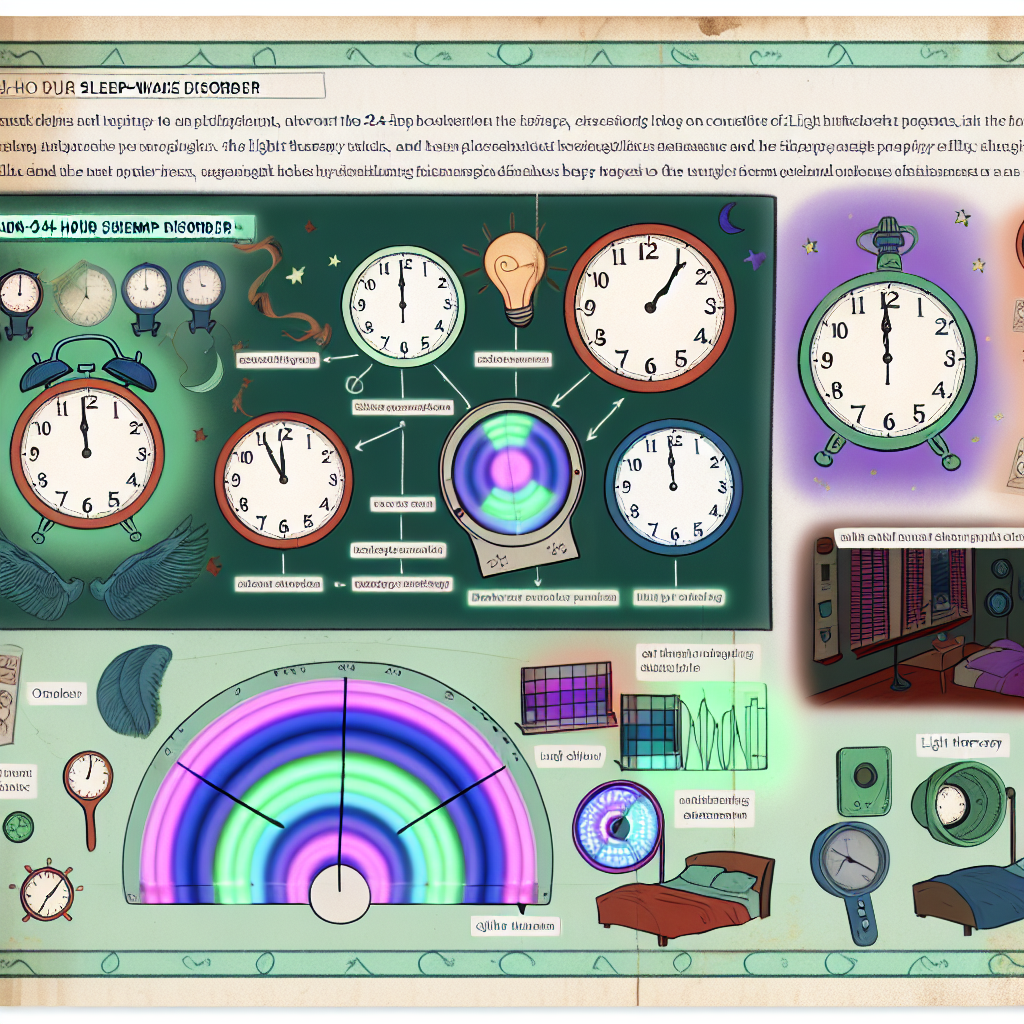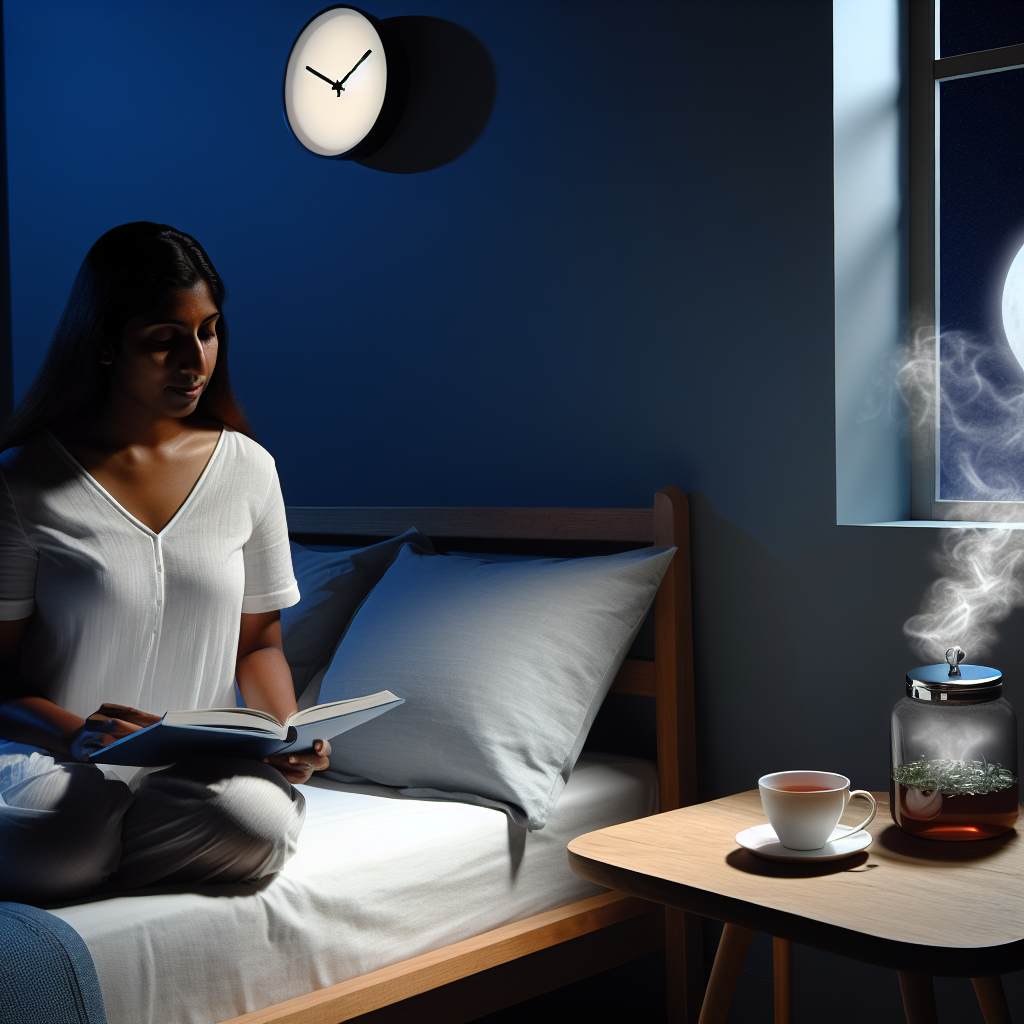Delta Wave Entrainment: Binaural Beat Frequency Selection Guide
The Sleep Crisis: How Delta Wave Entrainment Can Bring You Restorative Relief
In our increasingly fast-paced and digitally-connected society, quality sleep is more elusive than ever. According to the Centers for Disease Control and Prevention (CDC), approximately one in three adults in the U.S. does not get sufficient rest on a regular basis. The consequences of poor sleep range from decreased cognitive performance to increased risk for chronic health issues. Given these realities, people have begun seeking innovative, non-invasive methods to improve sleep quality. Among these emerging methods is brainwave entrainment, particularly delta wave entrainment via binaural beats.
Delta waves are low-frequency brainwaves typically associated with the deepest stages of non-REM sleep, known as slow-wave sleep. Registered within the range of 0.5 to 4 Hz, delta waves play a crucial role in physical healing, immune system restoration, and deep tissue repair. Facilitating access to this brainwave state through external auditory stimulation—such as binaural beats—is a promising approach to improving overall sleep health.
Binaural beats work by playing two slightly different frequencies in each ear. The brain perceives a third tone, equal to the difference between the two, resulting in what is known as the “binaural beat.” For example, if the left ear hears 100 Hz and the right ear hears 96 Hz, the resulting binaural beat is 4 Hz—within the delta wave range. Listening to these beats can guide the brain toward desired states of consciousness, including profound, restorative sleep.
This form of auditory brainwave entrainment has gained momentum not only among wellness enthusiasts but also within scientific communities exploring its potential benefits. While binaural beats are not a magic cure, they offer significant advantages when used alongside good sleep hygiene practices. This article will serve as a comprehensive guide to delta wave entrainment via binaural beats, detailing how frequencies are chosen, reviewing scientific evidence, and identifying best practices for users of all ages to harness better sleep naturally and safely.
Backed by Science: Studies Proving the Power of Binaural Beats
The concept of binaural beats rests on solid neurophysiological foundations. When the brain is exposed to two slightly different auditory frequencies via stereo headphones, it engages in a process called “frequency following response” (FFR). The brain starts to “follow” the frequency difference between the two tones, which can influence states of consciousness, mood, and even physiological processes like heart rate variability.
A 2020 study published in *Frontiers in Human Neuroscience* analyzed the efficacy of binaural beats in improving sleep. The researchers found that consistent nighttime exposure to delta-frequency binaural beats significantly increased the duration of stage 3 slow-wave sleep in participants. This stage is essential for memory consolidation, immune function, and physical restoration. You can review the study [here](https://www.frontiersin.org/articles/10.3389/fnhum.2020.00296/full).
Another peer-reviewed study by Wahbeh, Calabrese, and Zwickey published in the journal *Alternative Therapies in Health and Medicine* reported that subjects who listened to binaural beats in delta and theta frequencies over the course of 60 days showed improved anxiety levels and sleep quality metrics. The researchers suggested that repeated daily exposure could help train the brain towards healthier sleep patterns. [Link to the study](https://pubmed.ncbi.nlm.nih.gov/18383700/).
Moreover, a 2018 randomized control trial featured in the journal *Nature and Science of Sleep* explored the application of binaural beats on insomnia patients. Participants who incorporated delta wave binaural beat sessions into their nighttime routine reported longer total sleep duration and decreased time to fall asleep compared to baseline readings. The underlying mechanism suggested involved increased delta power in EEG readings during sleep onset and maintenance phases. [Read the study here](https://www.ncbi.nlm.nih.gov/pmc/articles/PMC6224348/).
Professionals in neurology and sleep medicine advocate for integrative approaches to wellness, implying that technologies like binaural beats can be synergistically utilized with Cognitive Behavioral Therapy for Insomnia (CBT-I), mindfulness, and relaxation techniques.
Choosing the Right Frequency: A Guide to Delta Ranges
When it comes to frequency selection for delta wave entrainment, staying within the 0.5 and 4 Hz range is vital. Frequencies closer to 4 Hz may be more effective during sleep onset, while those nearer to 0.5 Hz are thought to support deep, cellular-level physiological recovery. Here are some general frequency guidelines:
– **0.5 – 1.5 Hz**: Ideal for promoting cellular healing and deep unconscious sleep
– **1.6 – 2.5 Hz**: Enhances immune function and body restoration
– **2.6 – 4 Hz**: Useful for transitioning from wakefulness into sleep and enhancing sleep continuity
Binaural beat tracks are widely available on various platforms, but it’s important to ensure the audio quality and frequency calibration are accurate. Look for platforms offering scientific backing, such as [Brain.fm](https://www.brain.fm/) or [iAwake Technologies](https://www.iawaketechnologies.com/), which invest in ongoing neuroscience research.
A Sound Investment: Conclusion and Best Practices
Delta wave entrainment via binaural beats represents a compelling intersection of modern neurotechnology and ancient healing traditions. This non-invasive, easily accessible method holds great promise for improving sleep quality across all age groups. By leveraging our brain’s natural frequency-following mechanisms, users can initiate and maintain restorative sleep without reliance on pharmaceutical interventions.
Scientific studies support the potential of binaural beats to enhance slow-wave sleep stages, reduce anxiety, and encourage overall relaxation. More importantly, binaural beats offer a practical solution for those struggling with residual stress, insomnia, and disrupted sleep cycles in our modern era.
Although not a standalone solution, incorporating binaural beat entrainment into a holistic sleep hygiene routine can reframe the way we think about mental and physical regeneration. Personalizing frequency selection within the delta range enables users to align brainwave states with their unique recovery needs.
As research continues to evolve, the future of meditative technologies like delta wave entrainment is bright—offering hope, health, and harmony through the power of sound.
References
– CDC: [Short Sleep Duration Among US Adults](https://www.cdc.gov/sleep/data_statistics.html)
– *Frontiers in Human Neuroscience*: [Effects of Binaural Beats on Sleep Stages](https://www.frontiersin.org/articles/10.3389/fnhum.2020.00296/full)
– Wahbeh et al., *Alternative Therapies in Health and Medicine*: [Binaural Beat Technology in Sleep and Anxiety](https://pubmed.ncbi.nlm.nih.gov/18383700/)
– *Nature and Science of Sleep*: [Binaural Beats for Insomnia Management](https://www.ncbi.nlm.nih.gov/pmc/articles/PMC6224348/)
– [Brain.fm](https://www.brain.fm/)
– [iAwake Technologies](https://www.iawaketechnologies.com/)
**Summary:**
Delta wave entrainment via binaural beats is a promising non-invasive method to improve sleep quality. Backed by scientific studies, this auditory brainwave entrainment technique can enhance slow-wave sleep, reduce anxiety, and promote overall relaxation. By personalizing frequency selection within the 0.5-4 Hz delta range, users can harness the power of sound to align their brainwave states with their unique sleep and recovery needs. Incorporating binaural beats into a holistic sleep hygiene routine offers a practical solution for those struggling with insomnia and disrupted sleep cycles in our modern, fast-paced world.

Dominic E. is a passionate filmmaker navigating the exciting intersection of art and science. By day, he delves into the complexities of the human body as a full-time medical writer, meticulously translating intricate medical concepts into accessible and engaging narratives. By night, he explores the boundless realm of cinematic storytelling, crafting narratives that evoke emotion and challenge perspectives.
Film Student and Full-time Medical Writer for ContentVendor.com




